British athlete Keely Hodgkinson has made waves in the sports world, claiming the gold medal in the women’s 800-meter event at the Paris Olympics. Aside from her impressive looks and achievements, Hodgkinson also garnered attention for her unusual attire, with some joking that it resembled an “iron man” costume.
In a recent revelation on her personal page, Hodgkinson attributed her optimal performance to Nike’s cutting-edge technologies, specifically citing the Nike x Hyperice heated vest she wore after ice baths to stabilize her body temperature and aid recovery between rounds in Paris.
This vest is equipped with temperature-regulating technology, featuring two black circles on the upper body and two additional smart sensors on the lower abdomen to monitor body temperature. “The vest has heating and cooling functions. You press one button to warm it up and another to cool it down,” Hodgkinson shared. “After an ice bath, I tend to get very cold, so I used the warming function to ensure my health.”

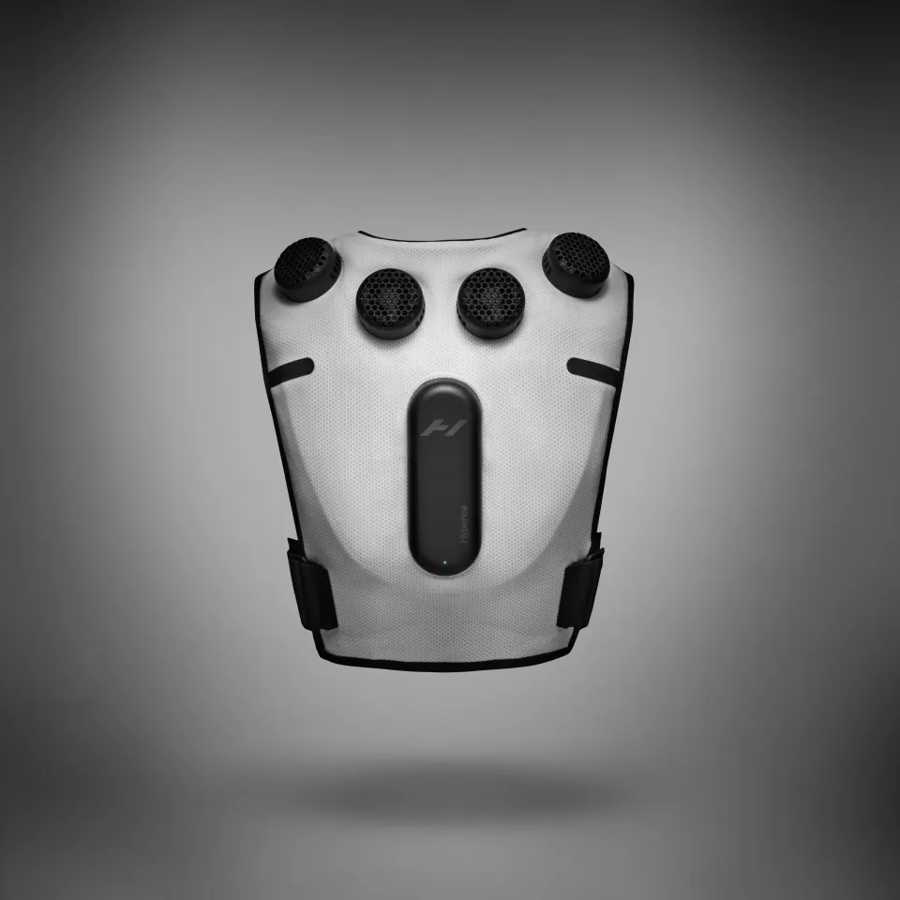
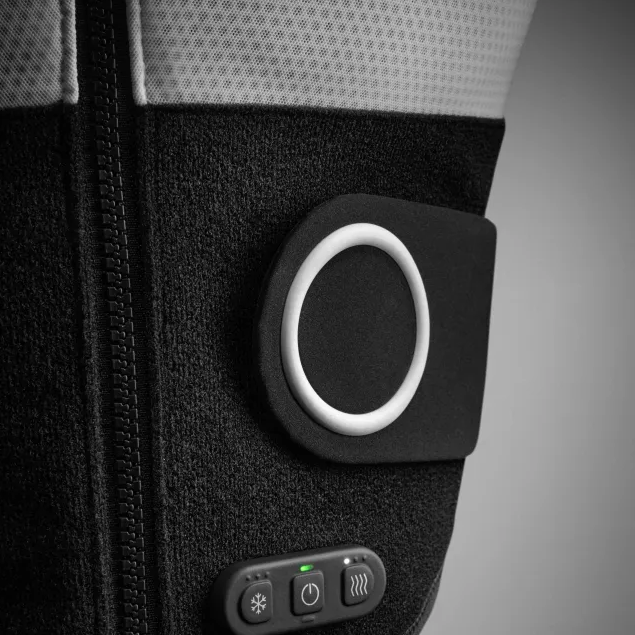
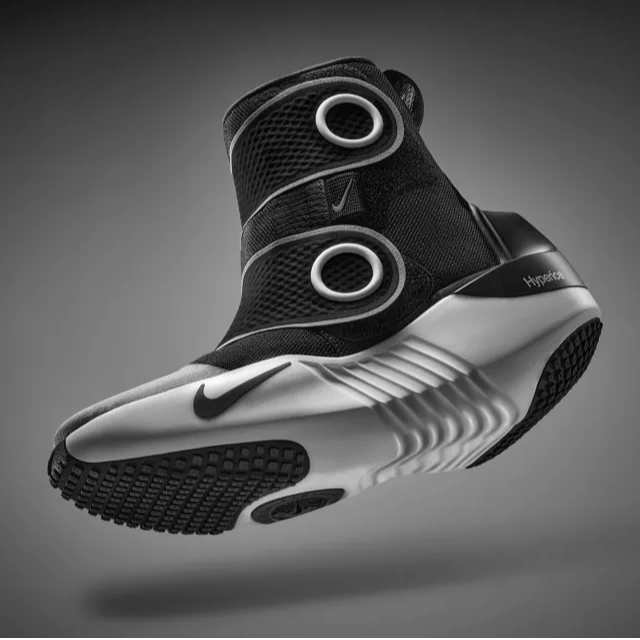
The cooling function of the vest also proved invaluable, especially when athletes need to lower their body temperature after intense competitions or training sessions to restore their heart rate and blood pressure to normal levels. The sports shoes from the same collection offer intriguing features as well, including a heat massage and air compression system for the feet and ankles.
Additionally, the shoes are integrated with dual air chambers connected to a heating module, delivering deep heat to the muscles and tissues of the feet, ankles, and lower legs, facilitating faster movement, execution, and recovery for athletes. This feature is particularly advantageous for a track and field athlete like Hodgkinson, as it effectively aids in the recovery of foot and toe muscles after intense physical activity. Having access to these shoes during the Paris Olympics could be considered a significant advantage.
Smart clothing has entered an explosive phase, with Coperni’s introductions of designs integrating advanced technology as a prime example. The brand is infusing classical art into modern smart textiles, elevating wardrobe interactivity to new heights. From LED-adorned party dresses to fitness attire that monitors health data, fashion is merging with technology in unprecedentedly creative ways.
Recently, researchers at North Carolina State University are developing a t-shirt embedded with sensors to monitor heart activity. This innovation aims to assist individuals engaging in activities like running by providing heart function monitoring. The sensor is a self-powered device capable of detecting the wearer’s electrocardiogram, essentially measuring the electrical activity of the heart.
The research is led by Jesse Jur, Director of the Textiles, Nano-EXtended Textiles (NEXT) program, a research group at North Carolina State University specializing in the structure of smart textiles.
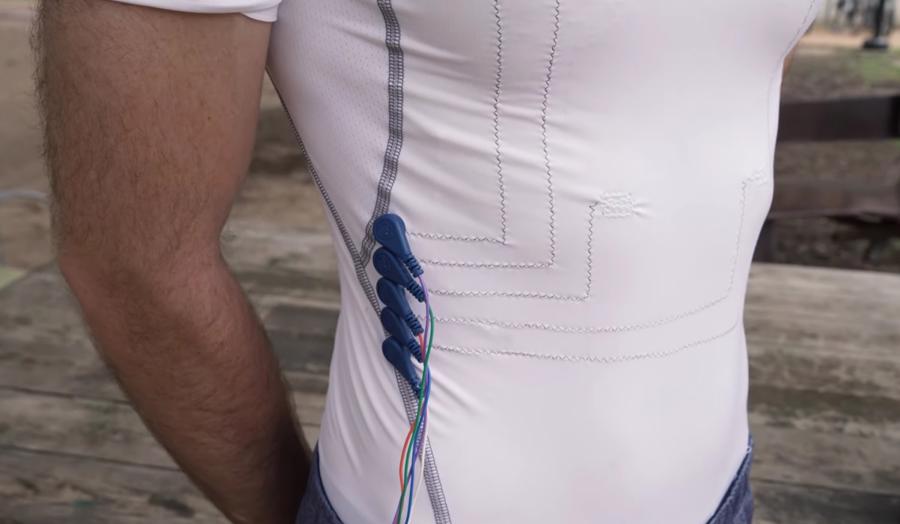
According to a report in Technician, aside from striving to enhance the comfort of smart garments, the researchers are exploring additional functions, such as deploying devices into textiles that can perform measurements, energy harvesting, and storage.
“We’re leveraging different processes and designs from the nano to the macro scale to see if we can integrate electronics into textiles,” said Braden Li, a graduate researcher in the group.
Marissa Noon, a third-year student majoring in textile engineering at North Carolina State University, added, “There are some really cool smart fabrics out there, but the problem right now is that they might not be comfortable to wear, or the integrated smart devices might not last very long… So, it’s really important to have a soft fabric that you can move in but that still accurately measures your body’s parameters.”
The smart t-shirt project is not the only endeavor of the research group. Researchers like Noon have also developed smart socks capable of reducing ankle sprain recovery time from four to six weeks to two to three weeks, all while allowing for some movement during the healing process.
Similarly, a Hong Kong laboratory has created a fabric that changes color according to the wearer’s preferences, leveraging artificial intelligence (AI) to minimize waste from clothing. According to Reuters, the AiDLab (AI Design Lab) has developed a color-changing fabric woven with polyolefin optical fiber (POF) polymer and regular fabric. This fabric can reflect various shades of color and is integrated with a miniature camera that enables the AI system to observe the wearer’s gestures.
By simply gesturing with their hand, the AI algorithm instantly interprets the gesture and alters the fabric’s color accordingly. Users can also customize colors through a smartphone application. Professor Jeanne Tan, who leads the research team at the Hong Kong Polytechnic University’s School of Fashion and Textiles, emphasized that POF is made from polymethyl methacrylate, a highly durable and recyclable plastic.
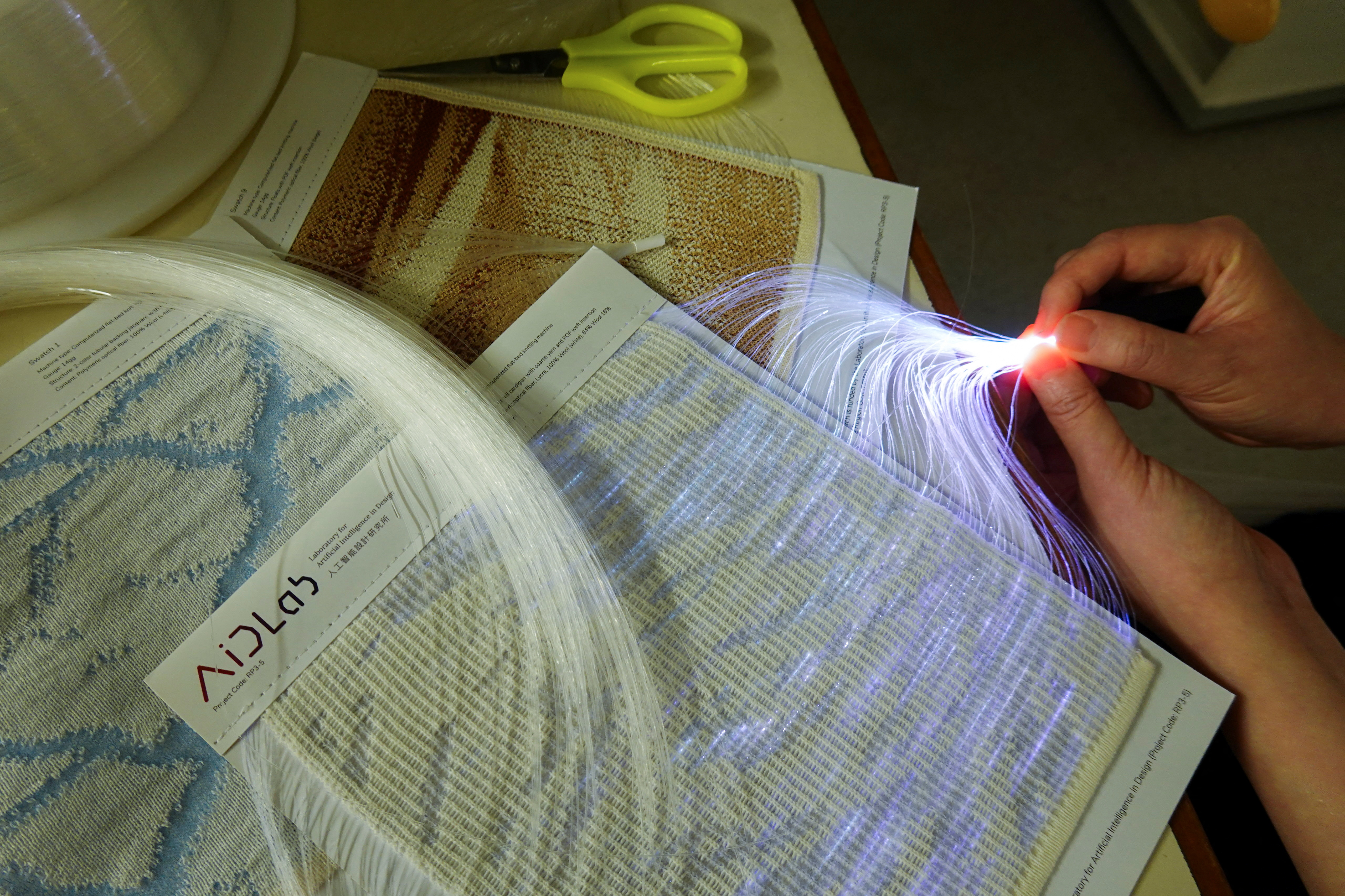
Additionally, the structure of the color-changing fabric allows for easy separation of POF from the conventional fiber for recycling. She also noted that the fabric is exceptionally soft, resembling the feel of traditionally woven fabrics. AiDLab anticipates that this technology will be commercialized in the near future and is currently showcasing it at shopping centers and other venues in Hong Kong.
Globally, numerous companies have recognized the potential of smart apparel, expanding its applications in sports and everyday wear. These devices encompass supportive and health-monitoring technologies, such as physiological tracking, electrical muscle stimulation (EMS), and body temperature regulation (heating and cooling). However, creating smart clothing that meets industry standards requires careful consideration of fabric quality, materials, structure, and chemical composition to ensure safety and align with consumer habits.




































